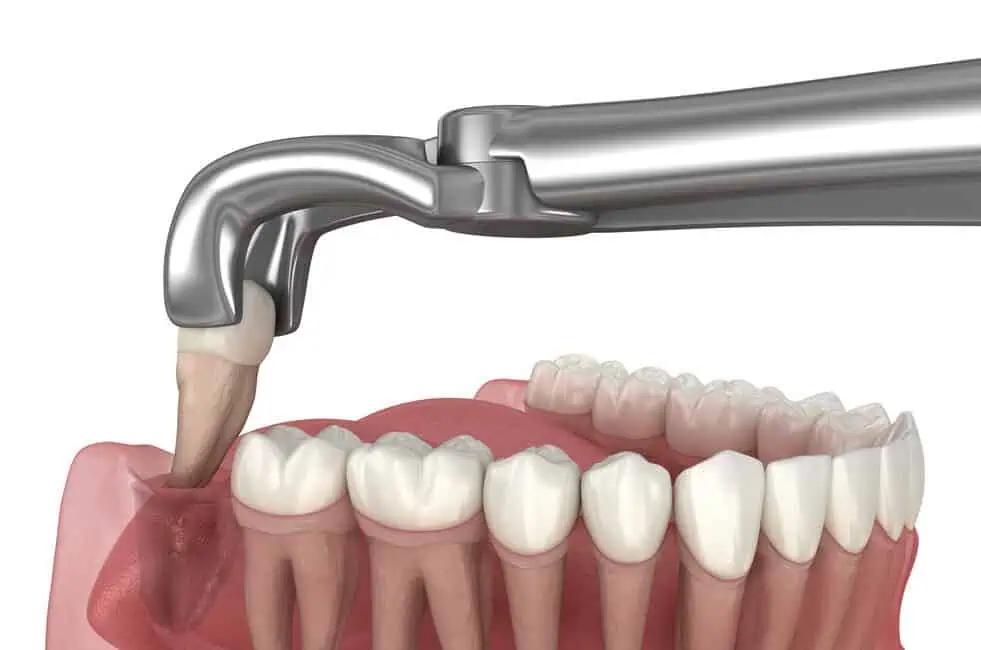Root canal therapy is a common dental remedy to preserve a tooth when its inner pulp, which contains nerves and blood vessels, is either infected or inflamed. Ignoring this condition can result in intense pain, the formation of an abscess, and, ultimately, the loss of the tooth. The treatment process involves the extraction of the damaged pulp, followed by a comprehensive cleaning and disinfection of the tooth’s interior. The tooth is then sealed to block further infections. While the prospect of a root canal might be somewhat intimidating, learning about the procedure, its benefits, and the recovery process can significantly ease any worries.
What is a Root Canal?
A root canal is a dental treatment devised to address issues within a tooth’s central section, the pulp. The pulp is constituted of nerves, blood vessels, and connective tissues essential for tooth growth. Once a tooth is wholly mature, it can survive without its pulp because it continues to receive nourishment from surrounding tissues.
Root canals are often necessary when the pulp is inflamed or infected, caused by factors such as deep decay, frequent dental work, or physical trauma like cracks and chips. During the procedure, the affected pulp is extracted, and the tooth’s interior is meticulously swept and disinfected. It is then stuffed and sealed with gutta-percha to prevent further infection. Subsequently, the tooth is capped with a crown or a filling to restore and protect its function.
The preliminary objective of a root canal is to preserve a tooth that would otherwise need to be extracted. Contrary to common perceptions, modern root canal procedures are quite straightforward, often comparable to getting a filling, and can be concluded in one or two sessions. These treatments successfully alleviate pain and save teeth, boasting a high success rate when executed correctly.
Signs Indicating a Root Canal is Needed
Recognizing when a root canal is necessary involves identifying certain symptoms that indicate the tooth’s pulp may be inflamed or infected. Here are some common signs that a root canal might be needed:
- Severe Tooth Pain: Pain is often the most noticeable sign. It can be intense and persistent when biting down, chewing, or involving pressure on the tooth. The pain might also persist even when not using the tooth, and it can sometimes radiate to the jaw or other teeth.
- Prolonged Sensitivity to Hot and Cold: If a tooth continues to be sensitive to hot or cold stimuli even after the temperature source is no longer present, this may indicate that the pulp’s nerves are either damaged or infected.
- Swelling and Tenderness in the Gums: Swelling around the affected tooth is another common symptom. The gums may be tender to the touch or swollen significantly, including a spreading swelling to the face or neck in severe cases.
- Discoloration of the Tooth: A tooth that has become significantly darker than surrounding teeth may indicate underlying pulp damage. This discoloration generally results from internal damage to the blood vessels connected to the tooth.
- A Persistent or Recurring Pimple on the Gums: Sometimes called a sinus tract, this often looks like a pimple and can ooze pus from the tooth infection. It can also be a drainage pathway for an abscess that might have formed at the root of the tooth.
- Tooth Mobility: When teeth start to loosen, it may be because the infection is weakening the supporting bone structures.
The Root Canal Procedure
The root canal treatment is an organized procedure aimed at restoring and preserving a tooth that is either severely infected or decayed. Here’s what you can expect during the procedure:
1. Diagnosis and X-ray
Before the procedure, your dentist will conduct an X-ray to inspect the configuration of the root canals and inspect for any signs of infection in the bones surrounding the tooth. Additionally, they will assess your symptoms and medical history to determine whether a root canal is the appropriate treatment.
2. Anesthesia
The area around the tooth is numbed with local anesthesia to ensure the procedure is as pain-free as possible. This helps to ease any discomfort and make the procedure bearable for the patient.
3. Placing the Dental Dam
During the procedure, a dental dam, a thin sheet of protective material, is used to cover the area. This barrier helps to isolate the tooth and maintain a clean, saliva-free environment.
4. Accessing the Pulp
To begin the procedure, a dentist drills a small opening into the tooth to access the interior. They then remove any damaged pulp, bacteria, decayed nerve tissues, and other debris within the tooth. A variety of specialized root canal files are employed to thoroughly cleanse the canals.
5. Cleaning and Shaping the Canal
After removing the pulp, the space is cleaned, enlarged, and shaped to prepare it for filling. This step may involve several rounds of cleaning and shaping to ensure all debris is removed and the canals are smoothly shaped.
6. Filling the Canal
Once the tooth is thoroughly cleaned, it is sealed with a biocompatible material, usually a rubber-like material called gutta-percha. This is placed into the canals and sealed with adhesive cement. This step might be performed the same day or later to allow medication inside the tooth to clear up any remaining infection.
7. Final Restoration
After the canals are filled, the tooth needs to be restored to its full function and appearance. This usually involves placing a crown on the tooth to protect it, prevent it from breaking, and restore it to its full function. Until the crown is fitted, a temporary filling might be placed to protect the tooth.
Takeaway
If you’re experiencing any of the signs that may indicate the need for a root canal, don’t wait. Contact 24 Street Dental today to schedule an appointment. Our team of experts is ready to provide you with professional care and address all your dental needs with the latest in dental technology. Take the first step towards a healthier, pain-free smile by calling us or booking your consultation. Your oral health is our top priority at 24 Street Dental!







